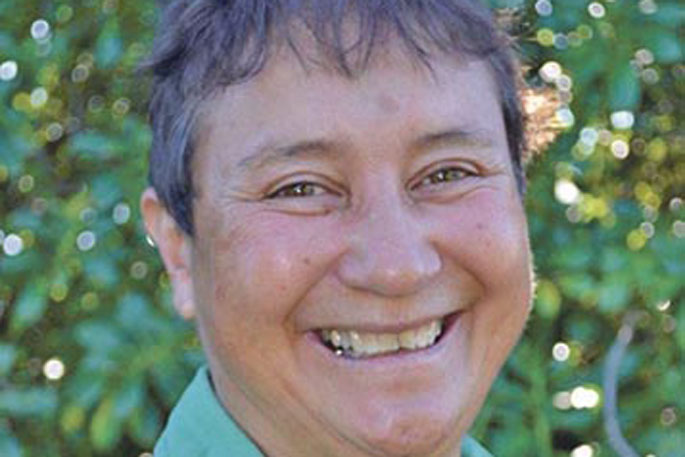Ōpōtiki district's number of electors for the local government elections in October has grown by 11.5 percent since the last election.
A pre-election report by electoral officer Dale Ofsoske was received at a meeting of Ōpōtiki District Council this week showing the number of voters is expected to be 6400, compared to 5741 electors for the 2019 election.
Mayor Lyn Riesterer said she was 'quite excited” to see how many voters Ōpōtiki had gained. 'It shows quite a dramatic population growth.”
It was also decided at the meeting that candidates' names would appear in alphabetical order on voting forms in the triennial local government elections.
As part of the pre-election process, all councils are required to make a decision on the order in which candidate names appear on the voting documents.
Three options are offered – alphabetical; pseudo-random, meaning names are drawn randomly and with all voting documents printed in this order, or random order, names randomly drawn by computer and with each voting document different.
The council opted for the default option of alphabetical order, as it has for previous elections.
Mr Ofsoske's report said recent analysis undertaken by Auckland Council showed no observable effect of candidate order on election outcomes.
For the last election in 2019, over half of territorial authorities used random order while over 32 percent used alphabetical.
Only seven, or 10 percent, used pseudo-random order.
-Local Democracy Reporting is Public Interest Journalism funded through NZ On Air




0 comments
Leave a Comment
You must be logged in to make a comment.